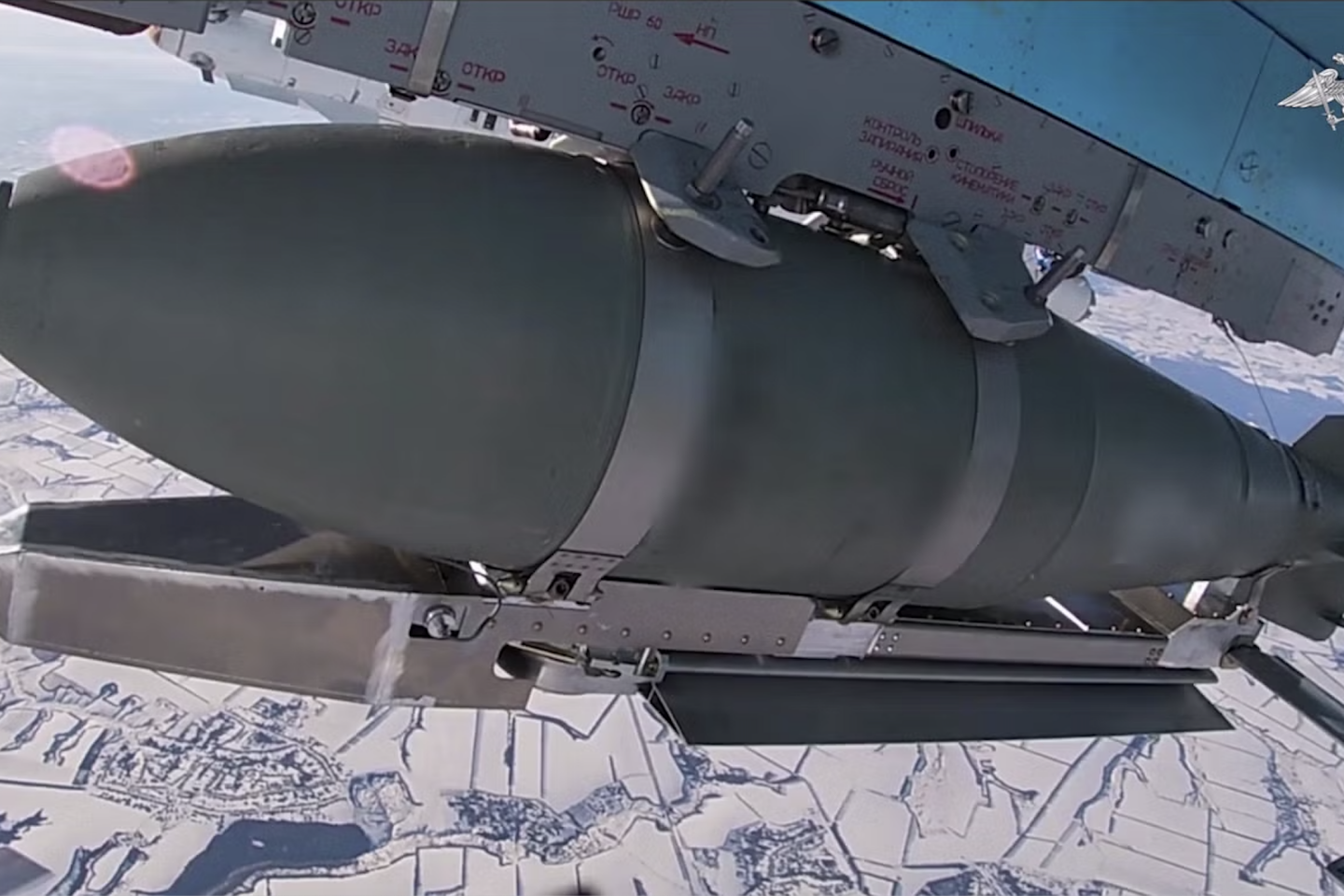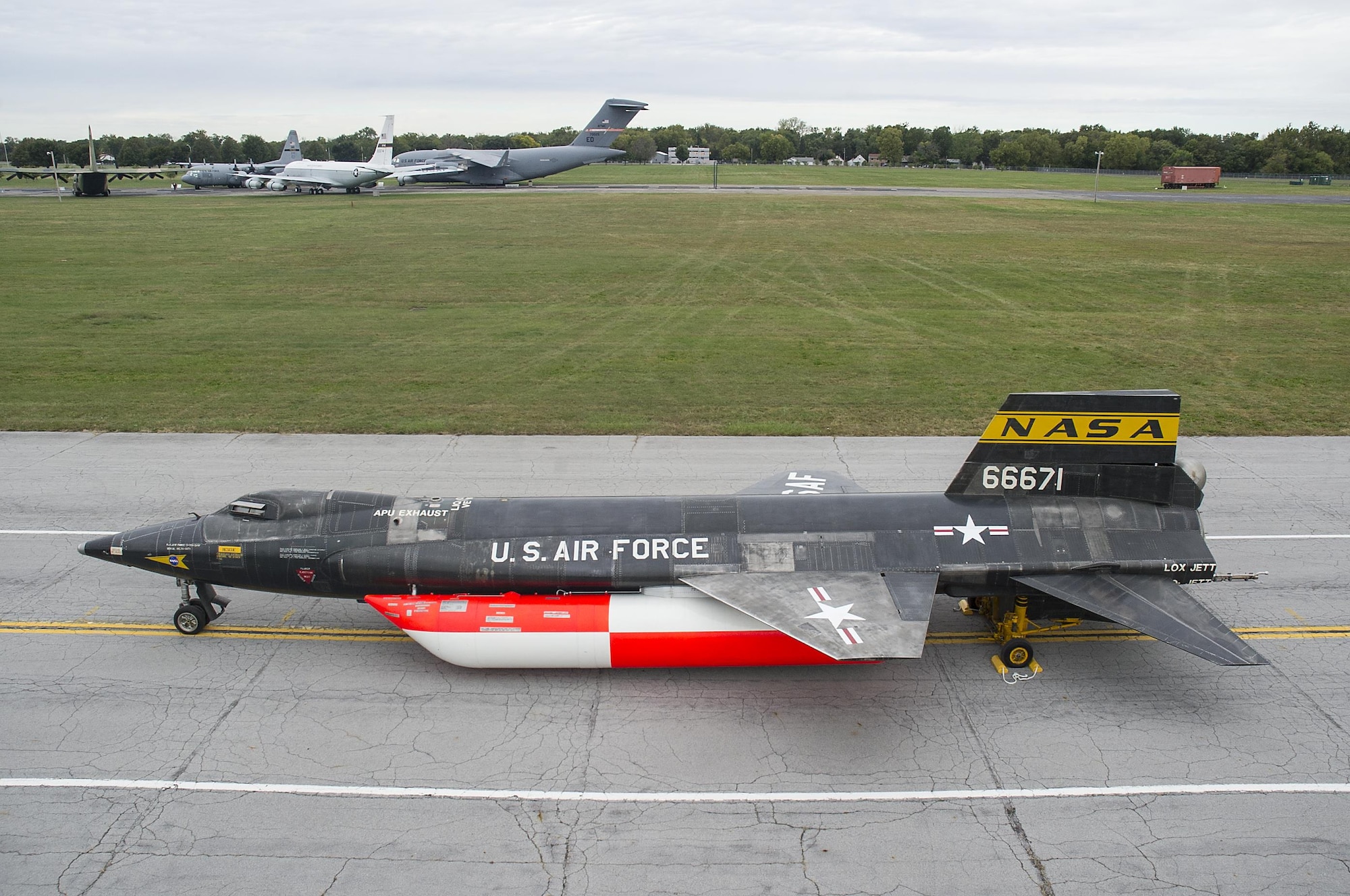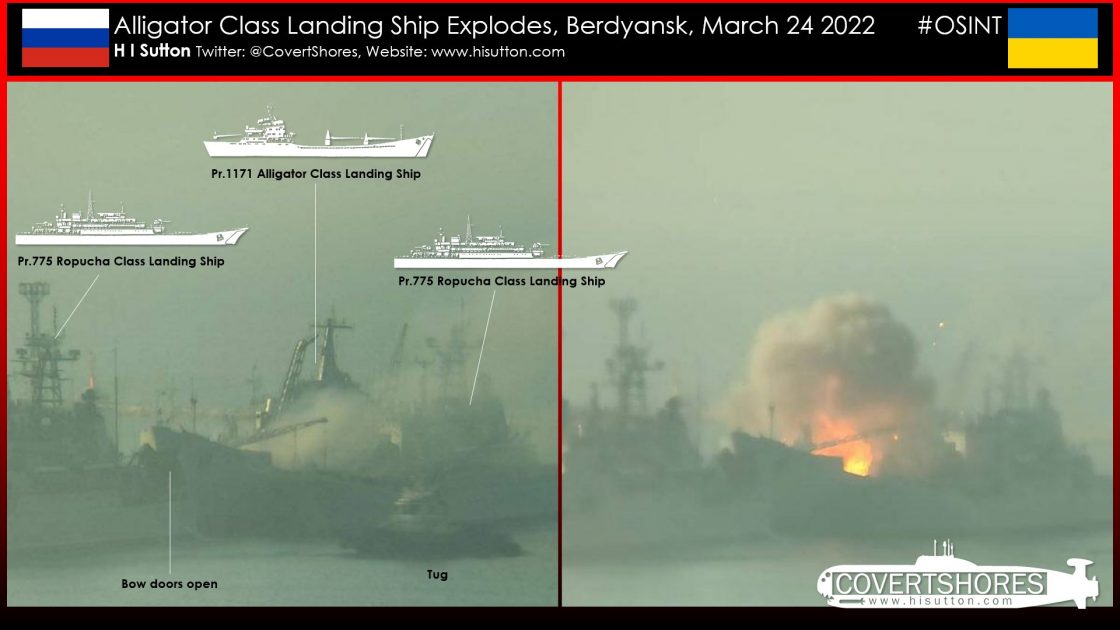You forget to tell about gliders and airbreathing hypersonic missiles.OK, this is something completely different.
First of all, ballistic missiles do not "change speeds and change trajectories". They can't, physics simply does not allow it. And this all goes right back to what I had been saying earlier, different air defense systems are designed for different threats.
Let me break them down a bit here, see if this makes sense. And this is for missile defense not aircraft.
Glossary first: SRBM is Short Range Ballistic Missile, MRBM is Medium Range Ballistic Missile, IRBM is Intermediate Range Ballistic Missile, ICBM is Intercontinental Ballistic Missile. Not discussed here, ALBM is Air Launched Ballistic Missile (Kinzhal). ABT is "Air Breathing Threat", like a cruise missile.
First of all, every single "Ballistic Missile" has a set trajectory, fixed at launch by physics. They have no control surfaces, other than the tail fins for small corrections in the terminal phase (SRBM-MRBM). They are not aircraft, there are no radical changes in direction. They can steer the impact point by maybe a kilometer or so, nothing more. 100% of their terminal impact point was set by physics at launch, just as with a bullet when fired by a gun (or a round when fired by artillery).
PATRIOT is for SRBM and MRBM. Short and medium range missiles. A single missile, with a single warhead permanently attached as a single unit. There are no "dummy warheads". It is a one piece missile and warhead, there is no "warhead ejection" in it that allows the warhead to fall free. Think of the SCUD from Iraq.
Then you have IRBM and ICBM. Now this is a completely different animal, and PATRIOT is simply not intended to hit a threat like that. Period. In theory they can hit the warhead itself, but that is like the "last act of defiance" cartoon of the mouse flipping off the hawk as it stoops. IRBMs and ICBMs are intended to operate in a MIRV configuration, and eject multiple warheads. And we have missiles that are designed to intercept those, but it is not PATRIOT.
And in those cases, we have THAAD, the Navy's SM series, and GBI. And those operate not by hitting the warheads themselves, but by hitting the missile before it ejects their warheads. It does not matter how many decoys and warheads a missile has, if it is intercepted before they are ejected.
This is why I kept talking earlier about the differences between SRBM, MRBM, and IRBM/ICBM. Each and every one of those operate very differently. And you need to intercept them in different ways. Specifically, in different stages of their flight. PATRIOT simply does not work against the latter two, the range is too short and it would hit too late in their trajectory. THAAD is intended for the latter threats to intercept right as it is about to MIRV, so has a good chance of intercept. SM and GBI are intended to hit it long before it MIRVs, when it is still a single unit therefore destroying it long before it gets to the target.
This is not a criticism, I realize that most people really do not know the differences between the various missiles and interceptors, let alone what works against what and in what phase of flight. Which is why I spend time trying to be specific in regards to the actual missiles themselves. Most people would have no idea what the difference is between an MRBM (Pershing II) and an IRBM (Oreshnik). But to me, the difference is like night and day. Almost everything about them is so different, that to me it is like talking about a Yugo and a long distance passenger bus.
Now, when it comes to missiles that are "maneuverable", that is actually not a ballistic missile at all, but an ABT. Yes, an ABT can indeed change speeds and change courses. Of course, they are also generally aircraft, simply stupid suicide aircraft. And they have wings and other control surfaces along with an active engine that allows them to do such things. The speed of a ballistic missile was locked in when it was launched, set by altitude, angle of flight and speed. And not a damned thing is going to change that until it impacts. But an ABT (TOMAHAWK) has a jet engine and wings, and in theory can be programmed before launch to speed up or slow down. Or to make turns and changes in direction, just like any other aircraft. A ballistic missile? You can change the speed and direction about as easily as you can change the speed and direction of a rock you throw up in the air. Physics and gravity have already determined where it is going to hit, based on the speed and angle you threw it in. The small tail fins can make a minor change, but that is all. It is not going to be zipping back and forth like a fighter jet.

There are the tailfins of a SCUD. How much "bite" on the air do you think they get at MACH 5? Especially as at that point, it is entirely in freefall and is under no power at all. Those fins are only good for absolutely minor changes, as in a kilometer or so on an SRBM-MRBM. Between hitting one side of a sports stadium as opposed to the other side of a sports stadium. Not in changing the trajectory to impact a location 20 miles away.
What is even more important, the limitations of the maneuvering capabilities of the high-speed reentry vehicles (kilometer or so) is not a law of phisics, its just result of the current limitations of the construction materials and engineering. Your construction materials and your engineering. It is not "impossible" it's just "difficult". Better materials and better engineering means better maneuvering capabilities on the higher speeds. And the Russians achieved success a bit earlier.










:max_bytes(150000):strip_icc()/Fungibility_final-145bd101a9fa4c3ea09f15f5add9a020.png)